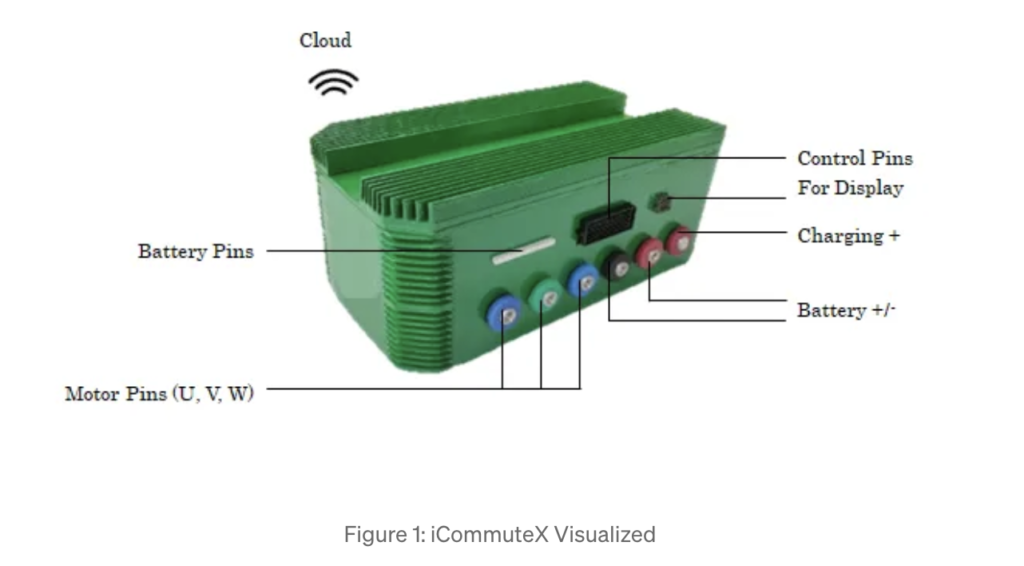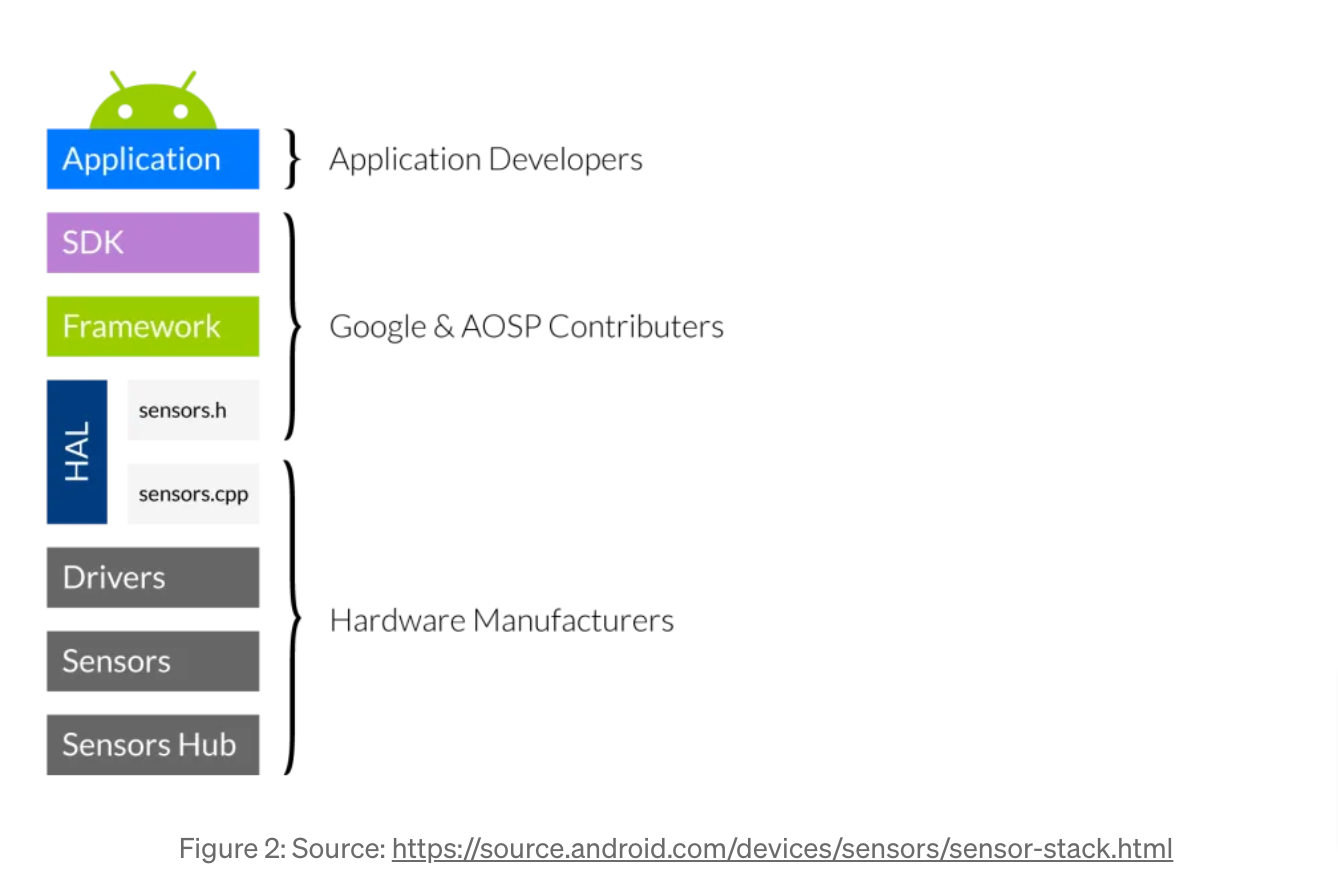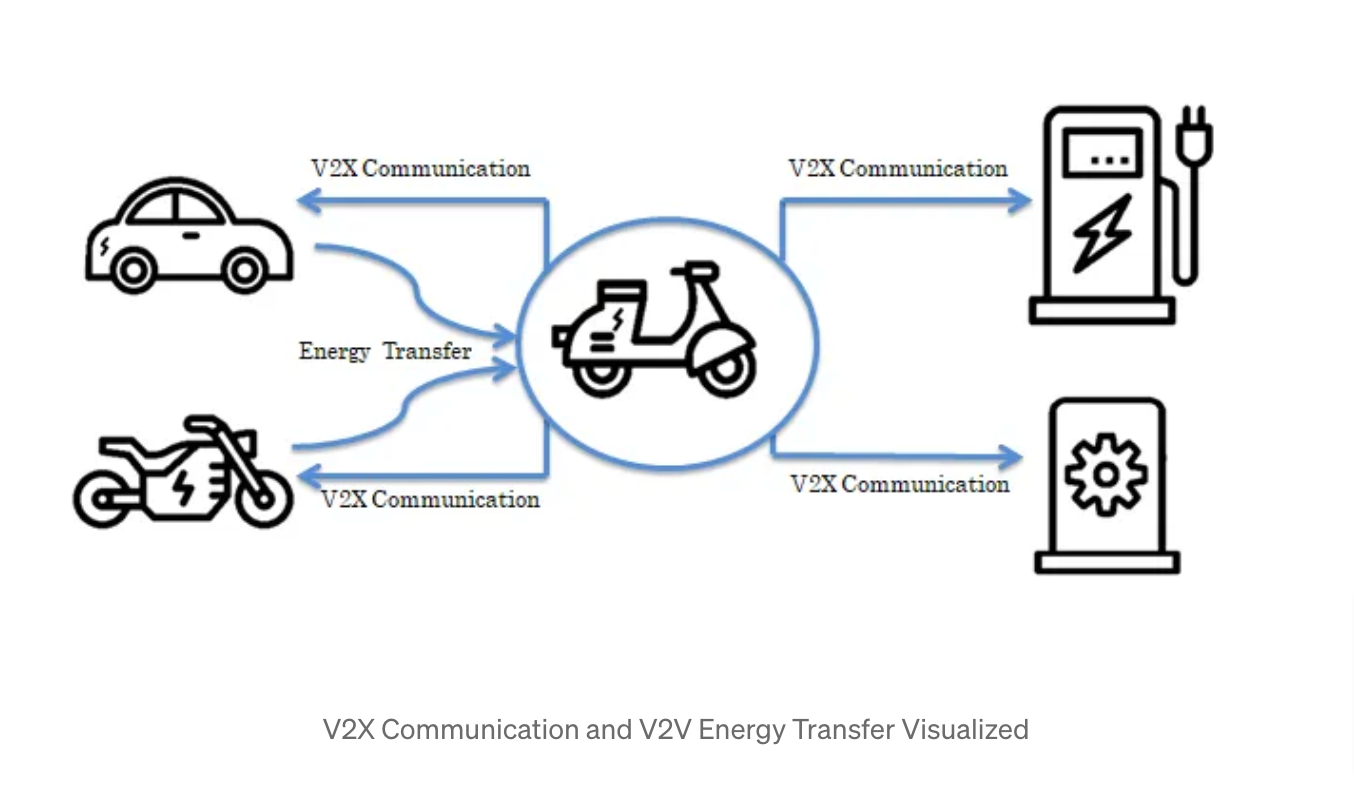- Making the next gen of 10 million electric vehicles connected and 10x smarter
- admin
- September 28, 2023
- 7:55 am
- No Comments
Hello, world!
As an engineer who found a true calling as an entrepreneur, I’m on a mission to revolutionize the way we travel and fundamentally alter our carbon footprint. To bring this future into reality, we need to expedite the adoption of EVs.
Having immersed myself in the automotive industry for over five years, I’ve witnessed its evolution firsthand, have worked with several companies, even with my startup building a couple of electric motorcycles, and feedback from users. I’ve come to realize that achieving a future of emission-free transportation requires more than just my efforts in a specific motorcycle niche. It necessitates collective action from all OEMs, developing diverse vehicle form factors. I want to share the technology that I have been working on as a part of the electric cruiser motorcycle through which all other vehicle manufacturers, or retrofitters, and even the hobbyists, will benefit from, that I believe would be instrumental in realizing this greener future.
Evolving user expectations
Vehicles have become sophisticated as a result of decades of progress in vehicle electronics and there is a substantial shift in consumer habits and preferences, with features being added via additional ECUs that add complexity to the system.
But the user expects more —
Hey, I have the latest OS on my smartphone I bought years ago. Wish my electric scooter was similarly smart enough
OEMs have limited control over the software features that control the vehicle’s performance. So any update requires hardware level change, which is not possible with individual vehicles and even if tried, will not be cost-effective.
Like smartphones could be upgraded to the latest OS in the same old hardware, the same is not applicable with conventional vehicle architecture, where one needs to replace expensive components or upgrade to the new vehicle to access the latest features.
Introducing iCommuteX
With iCommuteX, our goal is to make the EVs software-defined, revolutionizing the EV ecosystem. Targeting all two-wheeler form factors, iCommuteX integrates the drivetrain electronics with a common software stack through a secure operating system that allows applications to be built on top of it [Figure 1].

It will enable an Android-like environment for the electric two-wheeler industry making it similar to the smartphone industry, where software would be separated from the hardware, and all the extensive computation requirements shall happen on the cloud for smart, safe, and secure riding experience.
What benefits will it bring to OEMs?
- Cost Optimization: Cost reduction due to reduced components making EVs more affordable
- Future-proofing: Future-proofing the vehicle with over-the-air updates
- Faster go-to-market: Faster GTM for vehicle manufacturers
- Optimized wiring harness: Substantially less wiring harness is required which reduces complexity
- Standardization: Standardized way of how data is collected and managed
- Shortage of developers and their cost hampers the development of the complete system from scratch for any OEM
- Integrative and collaborative efforts from the community of OEMs, developers, and researchers will foster faster development of technology
Why is such technology possible today?
The automotive industry has realized this requirement and all the stakeholders from chip manufacturers to cloud service providers are working towards it. But we are specifically targeting the electric two-wheeler segment so that OEMs could build solutions faster with the existing infrastructure available. In the realm of two-wheelers, which possess fewer domain-specific components than their four-wheeler counterparts, the establishment of a new streamlined supply chain can be expedited. The nimble nature of two-wheelers further accelerates the realization of this transformative vision.
Hence, realizing the software-defined capabilities for four-wheelers shall take 4+ years but for the electric two-wheeler segment, it is possible today.
OEMs such as Ather and Ola have shown that post-purchase updates are possible and often desired with application level updates. Our approach takes it a stride further by enabling upgrades not only at the application level but also in the realm of drive and control electronics.
What’s in it for software developers?
With iCommuteX, the EV market shall become much like the smartphone industry where OEMs can just integrate different drivetrain components, sensors, and actuators, write HAL libraries and they would be able to realize an entirely new vehicle. [Figure 2] shows the application layer interaction with the hardware layer.

For example, let’s say tomorrow if better cell chemistry is introduced, a battery pack could be made, with the chemistry, as per the capacity required, and integrated on the same iCommuteX. OEMS could write HAL and kernel-level libraries to realize the top-level features. They could even create or improve features by just modifying the underlying algorithm. This is similar to when a smartphone OEM adds an upgraded camera sensor to their hardware.
OEMs could leverage and build their custom app store, or use the one provided. Apps could be built in an Android-like environment to enable such features:

- Vehicle-to-X (V2X) communication: Several apps could be built allowing seamless communication between vehicles, charging stations, service points, etc. enabling them to share information on traffic, road conditions, and optimizing charging station usage, reducing locating and waiting times for a rider.
- Vehicle-to-vehicle energy transfer: Apps could be built to allow the transfer of energy between the vehicles, which can be particularly useful in situations where one vehicle has excess energy and another has a deficit. This feature will protect the grid at peak demand times and provide energy to vehicles at a lower cost.
- Build onboard AI processors: Apps could be built which require the processing of large amounts of data in real time, enabling more intelligent decisions to be made based on the data received. Such apps could improve the overall performance of the vehicle and make it more responsive to the needs of the driver.
- Smart navigation planning: Apps could be built to enable the planning of the most efficient route for the vehicle, taking into consideration traffic, road conditions, and other important factors. This feature will help to save time and energy and provide a more enjoyable driving experience.
- Real-time vehicle health monitoring: Apps could be built to enable continuous monitoring of the vehicle’s performance and health, leading to the detection of issues before they become major problems. This feature will improve overall safety and reduce maintenance costs.
- Range extension algorithms: Libraries could be built for the same hardware enabling the vehicle to maximize its range, using energy more efficiently and effectively. This feature will help to alleviate range anxiety, a major concern for many EV drivers.
What role does security play here?
We are building a secure operating system to run on top of iCommuteX. Inspiration has been taken from some of the most secure OS environments like iOS and graphene OS while making use of embedded secure enclaves to secure private data. To make sure that iCommuteX connects with the right cloud services and enables a robust software supply chain we’ll use ECDSA-based public key infrastructure with all the key components within the iCommuteX ecosystem.
To enable secure OS upgrades the root of trust has been embedded inside the secure enclave of the SoC with an overwrite-protected bootloader. We are building the entire iCommuteX infra with the help of a team of top security researchers in the space. So that your vehicle could have secure application updates and the rider could have complete peace of mind. We shall make the OS open-source for anyone to review and verify it.
What revenue channels it opens for builders?
iCommuteX, a secure software-defined platform for electric two-wheelers, opens revenue channels for software developers and cloud service providers.
App developers can leverage the connected feature of vehicles and POIs and build apps to provide additional services, aiding the rider in various use cases and earn margin on use case basis. To realize the potential of revenue through app store, refer this.
Cloud service providers can earn through support provided for the extensive computational requirements of iCommuteX, facilitating secure and efficient data processing for enhanced user experiences.
Unlock the Future of Electric Mobility
Like always, progress is a collaborative affair, and we’re open to feedback and conducting joint research. Whether you’re a vehicle manufacturer, retrofitter, software developer, or simply passionate about groundbreaking technology, we welcome you to join the discussion by emailing info@mazoutelectric.com or booking time to discuss more through Calendly.
Acknowledgements
Thanks to the continuous discussions with Rahil Rupawala, Palak Jain, and Mohamed Yasin and for their detailed feedback.